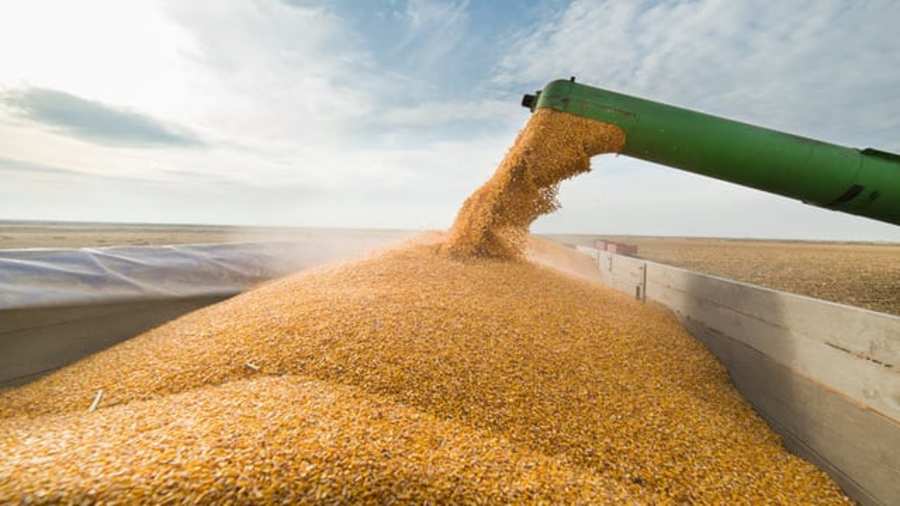ZIMBABWE- A crop and livestock assessment carried out in Zimbabwe projects that the country’s maize production for the 2018-2019 summer cropping season is expected to decline 54% to 776 635 tonnes of maize.
This is as a result of adverse weather experienced during the cropping season characterised by poor rainfall and long dry spells in addition to late rainfalls.
According to the report, 1 623 757 hectares were put under maize last season.
The southern African nation’s harvested 1 700 702 tonnes during the 2017-2018 cropping season, reports the Herald.
“The false starts in the southern and south-eastern parts of the country affected the crop establishment.
“Long dry spells in January and February negatively affected the planted crop. Cyclone Idai, which hit the country in mid-February, caused severe damage to crops and agriculture infrastructure in Manicaland and Masvingo provinces.
“However, it improved crop condition in Mashonaland East and Central,” reads the report in part
Mashonaland West will be leading in maize production with 228 073 tonnes while Mashonaland Central is second with 159 184 tonnes, with Mashonaland East on third place with 153 831 tonnes.
Midlands is expected to harvest 93 703 tonnes while Masvingo will get 60 962, Matabeleland South 16 781 tonnes and Matabeleland North 13 031 tonnes.
The reports shows that Mashonaland West and Central provinces have substantial surplus cereal production while Masvingo and the Matabeleland provinces have a deficit.
Following the decline in production, the country’s Grain Marketing Board (GMB) has unveiled plans to boost corn imports and will float an international tender to import 750 000 tons of the grain.
The consignment, which comes amid surging global corn prices, will mark Zimbabwe’s largest corn imports in a season in three years, according to Unites States Department of Agriculture data.
In March this year, the government official said the nation had seven months of grain reserves, including corn, and must begin imports to offset a potential deficit.
In addition, the country also expects 40 215 tonnes of sorghum, 6 947 tonnes of finger millet and 28 047 tonnes of pearl millet with the combined small grains production to decrease by 44 percent compared to 2017/2018.
According to the report, several dry spells experienced this year affected the regions where significant areas are put under small grains.
Other crops to that are projected to record a decline include; groundnuts at 44% decline to 70 902 tonnes this season from 127 202 tonnes in the 2017/18 season.
Sugar bean production will also decreas by 55 percent from 21 320 tonnes to 9 528 tonnes while cowpeas decreased by 23 percent to 12 655 tonnes while sweet potatoes declined 73 percent to 88 248 tonnes.











